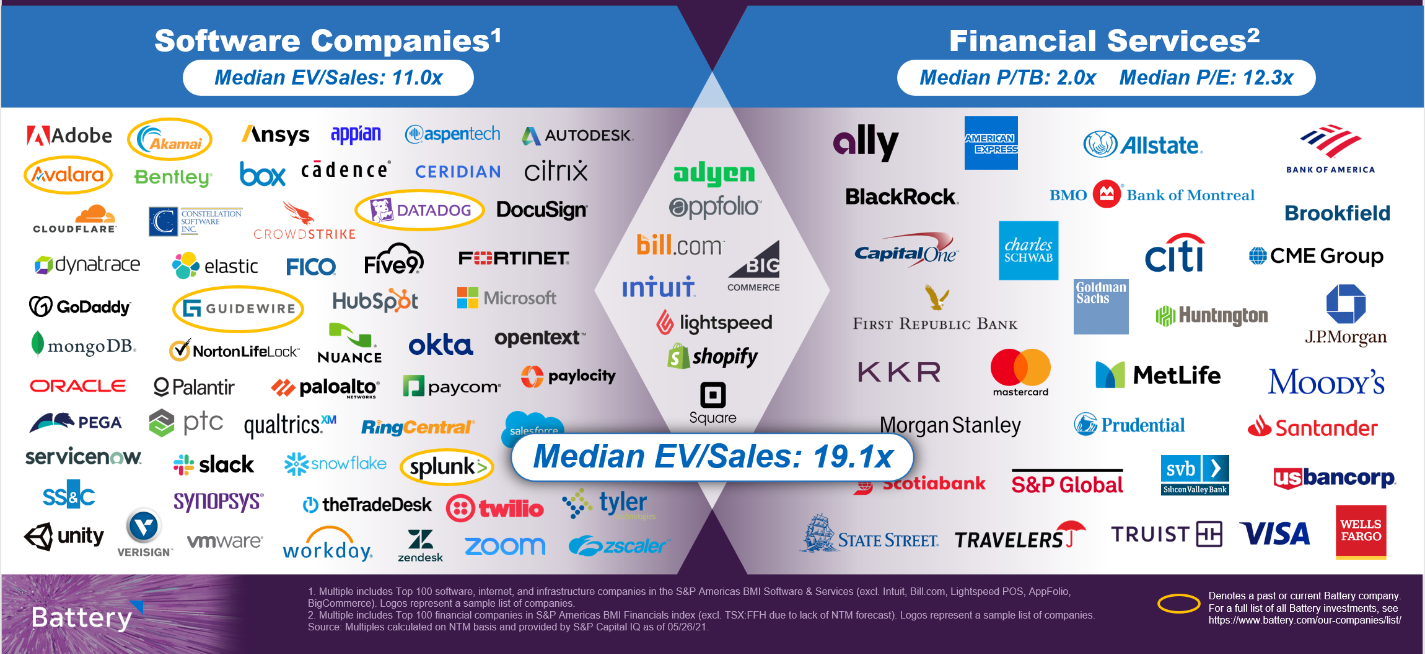To get a roundup of TechCrunch’s biggest and most important stories delivered to your inbox every day at 3 p.m. PDT, subscribe here.
Hello and welcome to Daily Crunch for June 10, 2021. A short note from TechCrunch to start, namely that it’s the last few hours to get an early-bird pass to TC Early Stage 2021: Marketing & Fundraising, coming in early July. It’s going to be pretty much amazing, so get on that, early-stage founders. — Alex
The TechCrunch Top 3
- Microsoft thinks it can get cloud gaming to work: Microsoft has big plans to make cloud gaming more than whatever is left of Stadia today. Per TechCrunch, the company is preparing to “launch a dedicated device for game streaming” and wants to integrate related tech into TVs. Gamers, it’s a good time to be one of us. So long as you don’t need a new GPU.
- Klarna raises $639M: The craze to stuff capital into successful buy-now-pay-later startups continued this week, with Klarna raising a huge stack of funds at a new, greater valuation. For more on the space and its rapid growth, read this.
- Tech culture is changing: Recent unrest at Medium after related issues at Coinbase and Basecamp are bringing to light changing cultural expectations at startups and at the well-known Y Combinator accelerator. Inside these debates, it’s not hard to see growing recognition among some tech employees of the leverage that they have over their employers.
Startups and VC
Today we’re looking at a few key funding rounds from startupland, then some fund news and a roundup of recent unicorn IPOs.
- AI-powered recruiting is valuable: That’s the lesson from Eightfold AI’s recent funding round. The company just put together a fresh $220 million round at a $2.1 billion valuation, more than double what it was worth late last year. Notably, this valuation doubling was not born from Tiger Global’s largesse, but SoftBank’s second Vision Fund. The company, TechCrunch writes, “uses deep learning and artificial intelligence to help companies find, recruit and retain workers.”
- Say hello to analytics for how you spend your workday: There’s a fine line between keeping tabs on your workers and looking over their shoulders too frequently. Time is Ltd just raised $5.6 million for what we described as the Google Analytics for company time. For example, if a company wanted to know how much time its staff was spending in Slack versus, say, Teams, TiL could help. So long as the startup respects individual privacy, we’re fine with this.
- Everyone needs fintech: Including Indonesia’s micro, small and medium businesses. Evidence of that fact is evinced by a huge $60 million Series A raised by BukuWarung, a fintech company focused on just that market. Valar Ventures and Goodwater Capital led the investment. The startup has now raised $80 million, per Crunchbase.
Over on the venture capital beat itself, here’s some recent fun fund fundraising featured facts:
- Lots more capital for European startups: Perhaps to avoid having Tiger Global eat every round the world ‘round, Balderton Capital has put together a $680 million “early-growth” fund that will drop $25 million to $50 million checks into startups. That’s big coin for a growing scene.
- Serena Williams’ husband raises new fund: Well-known investor Alexis Ohanian’s new firm, Seven Seven Six, has raised a $150 million fund. And it’s involved in the latest round at Nuggs.
To round out the day’s startup news, Marqeta, Monday.com, Zeta Global and 1stDibs went public. Here’s our dig into their debuts and what they mean for the IPO market — and the value of startups more generally.
The fintech endgame: New supercompanies combine the best of software and financials
Now that we can transact from anywhere, a new, hybrid class of software companies with embedded financial services are scooping up consumers — and investors are following the action.
Using data from a Battery Ventures report about “the intersection of software and financial services,” this post examines why these companies can be so hard to value and offers a framework for better understanding their business models and investor appeal.
(Extra Crunch is our membership program, which helps founders and startup teams get ahead. You can sign up here.)
Big Tech Inc.
- Waymo’s self-driving push continues: Alphabet’s huge running bet on self-driving technology is partnering with J.B. Hunt Transport Services to test self-driving trucks in the busy Texas market. It’s long been thought that freight vehicles that don’t spend much time on side streets could make good early targets for self-driving tech. Let’s see. While we’re on the subject of autonomous transit, Scale has news on the data side of the equation.
- Stripe brings sales tax to its payments platform: Stripe, while still private, is worth 84.2 zillion dollars, so it counts as Big Tech. The payments unicorn announced a new piece of tech today, namely the ability for its payments stack to handle sales tax both internationally and domestically. Sales tax is a huge problem, and handling it could provide Stripe with a nice edge over some of its competition.
- Apple to (probably) kill Dark Sky: After Cupertino bought weather service Dark Sky, it was presumed to be on its way to the wood chipper. Thus ends many a technology exit to a bigco; the larger entity really wants the tech and team, but doesn’t want to keep the company’s app alive. Apple, to its credit, won’t axe Dark Sky until 2022. After that, it’s all bets off.
TechCrunch Experts: Growth Marketing

Image Credits: SEAN GLADWELL (opens in a new window) / Getty Images
TechCrunch wants to help startups find the right expert for their needs. To do this, we’re building a shortlist of the top growth marketers. We’ve received great recommendations for growth marketers in the startup industry since we launched the survey yesterday, and we’re excited to read more responses as they come in!
We look forward to publishing more about growth marketing. Check out our most recent offering, Growth marketing amid the pandemic: An interview with Right Side Up’s Tyler Elliston.
We’re excited to continue our editorial coverage about growth marketing with posts from the TechCrunch team and guests. If you’re interested in writing a guest column, read more here.
Community
Come chat with us about Pittsburgh on Twitter Spaces tomorrow 6/11 at 1 p.m. PDT/4 p.m. EDT ahead of our upcoming TC City Spotlight series event.




